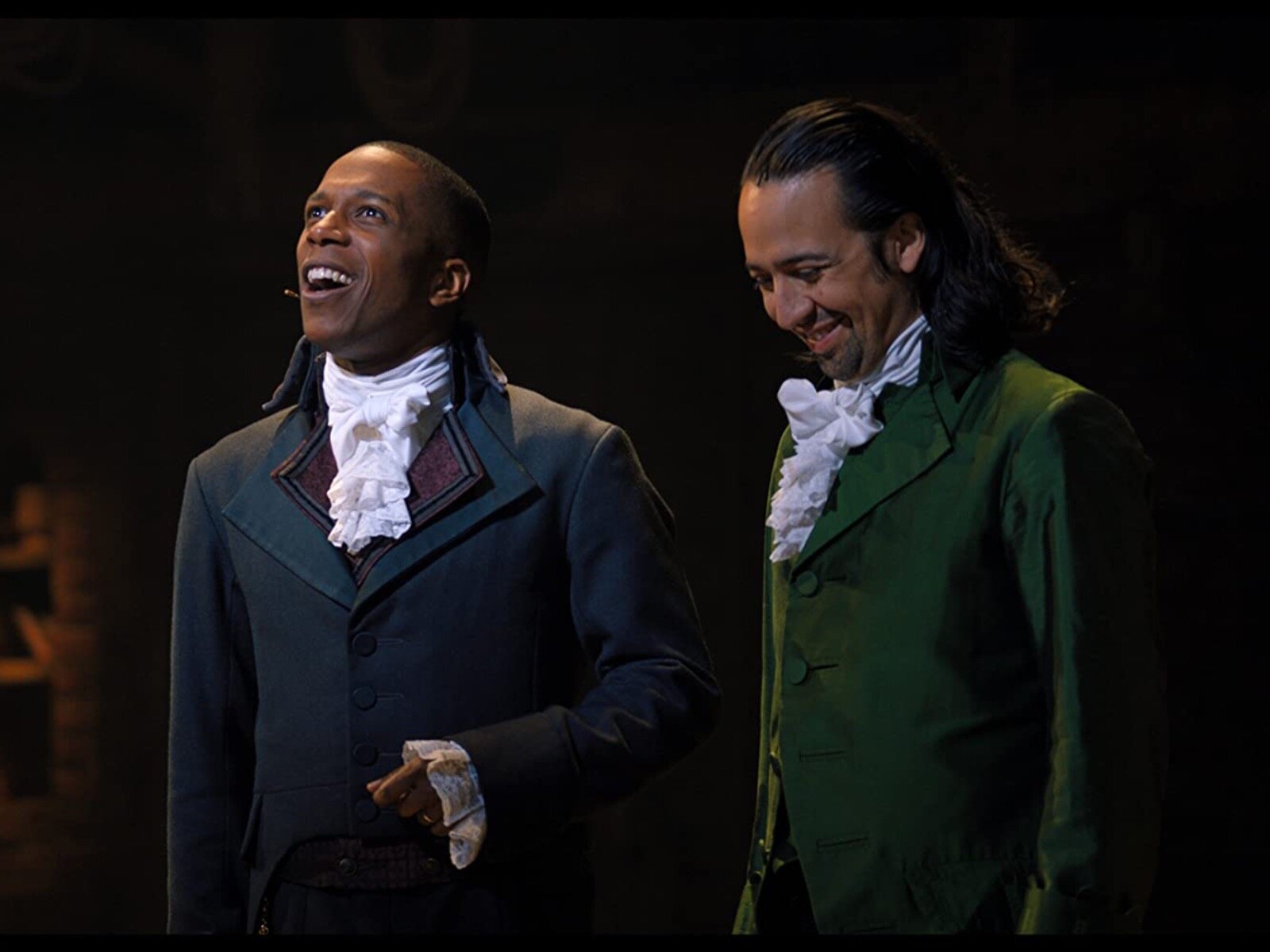Haven't we seen "Chasing Ice" before?
Why yes, in fact, we have. It came out six years ago, back when it was called "An Inconvenient Truth." Both films are nature themed documentaries, using intriguing evidence to warn audiences about climate change while also providing ample backstory to humanize our main environmental crusader in the hopes of making his message even more potent.
There is, however, a difference. Al Gore's Oscar-winning feature used plentiful charts, graphs and statistics, occasionally interrupted by startling visual proof. "Chasing Ice," on the other hand, centers the movie's case on its star's extensive and compelling collection of visual evidence, with charts and stats intermittently cutting in. Surprisingly, while "An Inconvenient Truth" may be the landmark movie that established the modern enviro-doc template, it's "Chasing Ice" that presents the more compelling and cinematic argument.
Director Jeff Orlowski's film follows renowned nature photographer James Balog as he attempts one of his most daring and expansive projects, the Extreme Ice Survey. The mission is to set up several dozen time-lapse cameras across several nations, chronicling years and years of changes to some of the globe's most visually arresting glacier formations. Balog's plan is to collect these photos into short vignettes, serving as clear, indisputable proof of humanity's staggering impact on some of the planet's most fragile natural wonders
Things don't always go as planned for the eco-conscious explorers. Many of their time-lapse cameras refuse to properly sync up, creating inconsistent footage. In other cases, the cameras' programming flat out refuses to work, mostly due to the beautiful but harsh conditions in locales like Alaska and Greenland. The equipment isn't the only thing taking a beating either. Throughout filming, the constant hiking and climbing takes a toll on Balog, resulting in numerous knee surgeries and several warnings from doctors to slow down, advice more often than not ignored.
As it turns out, the years of suffering and hard work were worth it, as their photos and mini-films deliver some shockingly powerful images of the globe's ice in rapid decay. The formations look gorgeous, and they're breathtakingly massive, but they're also quietly dying, either by melting away or calving off into the ocean. "Chasing Ice" saves the time-lapse vignettes for the last act of the film, but when they show them, it's amazing and horrifying to see how much has been lost and how fast.
Balog and Orlowski know that the graphs and speculation tactic has already been seen, and worse yet, it can be ignored easily. It's surprisingly easy to be dubious of numbers. As a result, the movie only uses one or two charts and instead puts its energy toward finding visual proof that can't be pushed aside.
I've seen graphs before; what I haven't seen is a glacier chunk the size of several football fields sliding off into the ocean with monumental force. I haven't witnessed a glacier disappear right before my eyes. The evidence in "Chasing Ice" evidence may not be quite as timely as other environmental docs before it (climate change is no longer the sexy cause of the moment it once was), but it's certainly there, and it's eye-catching.
Interwoven with the melting glaciers and Arctic explorations are little glimpses into Balog's personal life. The audience meets his supportive wife Suzanne, hears about his struggles and watches as his knee slowly hinders his work in the field. "Chasing Ice" comes just short of calling Balog a martyr for his cause.
Humanizing as it may be, though, anytime Orlowski steps away from the ice or the project feels unnecessary (much like Gore's personal asides in "An Inconvenient Truth"). When it gets back to nature, the film comes back alive and delivers a case more convincing than anything a glorified PowerPoint presentation could.
But back to our original question: Haven't we seen "Chasing Ice" before? Yes, we have, but the sad part is that we still need its message. We still haven't changed.
As much as it is a gigantic cliché to say that one has always had a passion for film, Matt Mueller has always had a passion for film. Whether it was bringing in the latest movie reviews for his first grade show-and-tell or writing film reviews for the St. Norbert College Times as a high school student, Matt is way too obsessed with movies for his own good.
When he's not writing about the latest blockbuster or talking much too glowingly about "Piranha 3D," Matt can probably be found watching literally any sport (minus cricket) or working at - get this - a local movie theater. Or watching a movie. Yeah, he's probably watching a movie.







